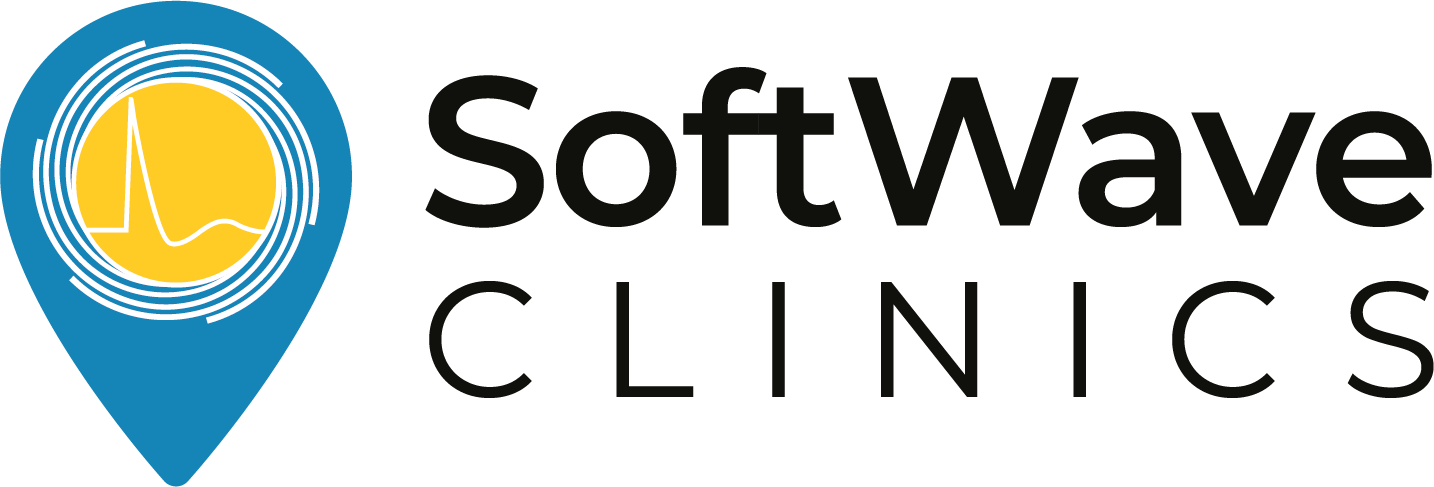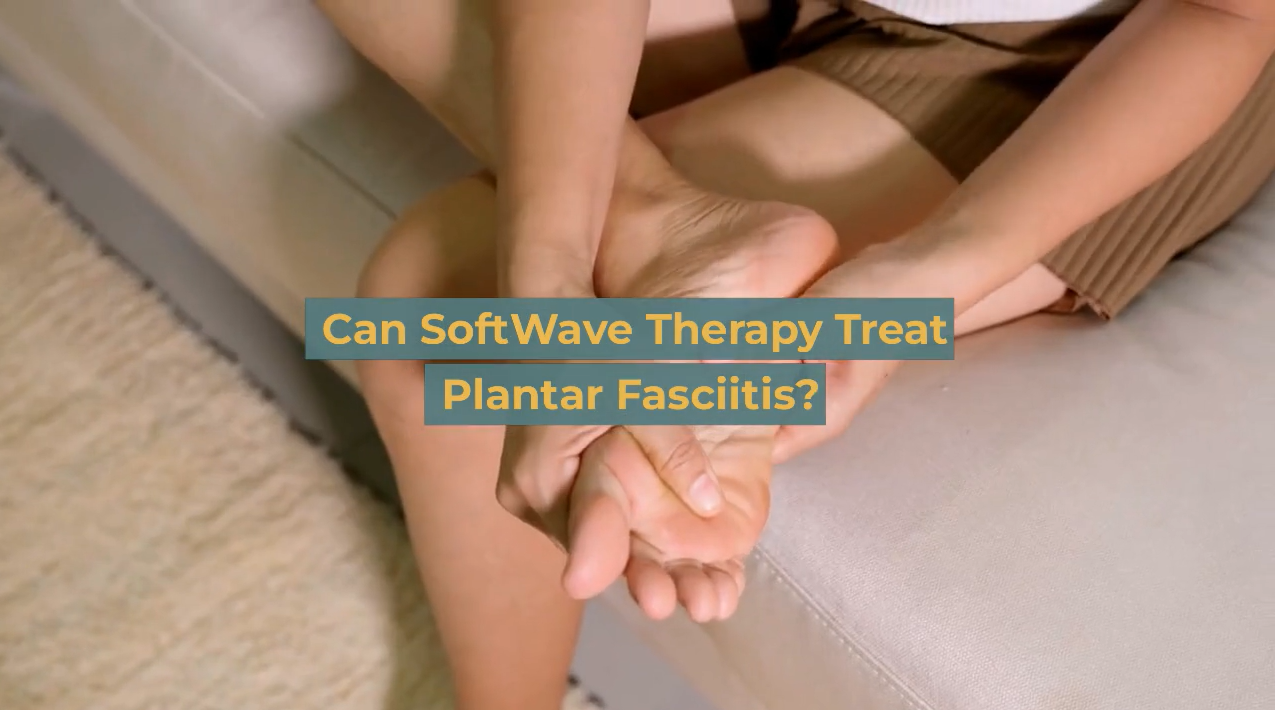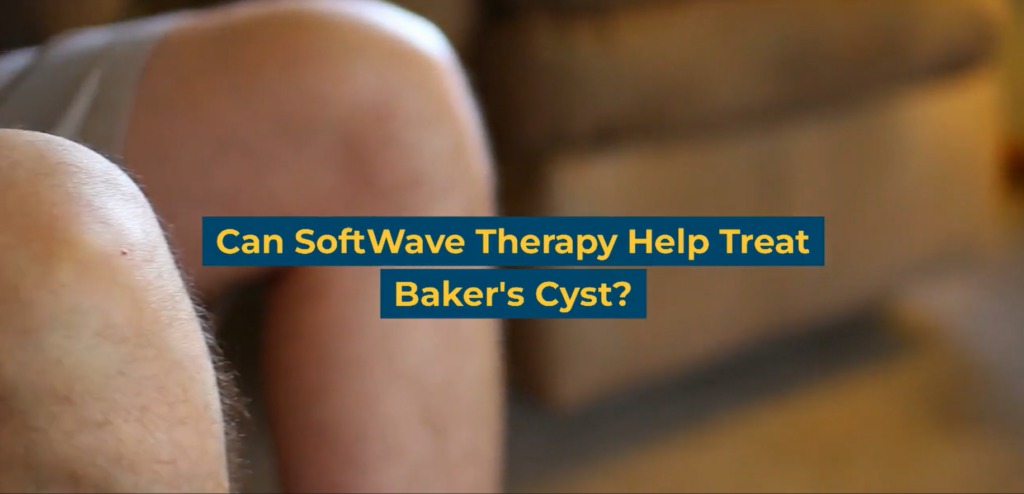Can SoftWave Therapy Treat Plantar Fasciitis?
Plantar fasciitis is a common foot condition that can cause pain and discomfort in the heel and arch of the foot. This condition occurs when the plantar fascia, a thick band of tissue that runs along the bottom of the foot, becomes inflamed and irritated. While there are various treatments available for plantar fasciitis, SoftWave therapy proves to be an effective treatment in reducing plantar fasciitis pain and inflammation.
New Patient Special
Try SoftWave for just $69 at a clinic near you and learn if you’re a candidate for full treatment
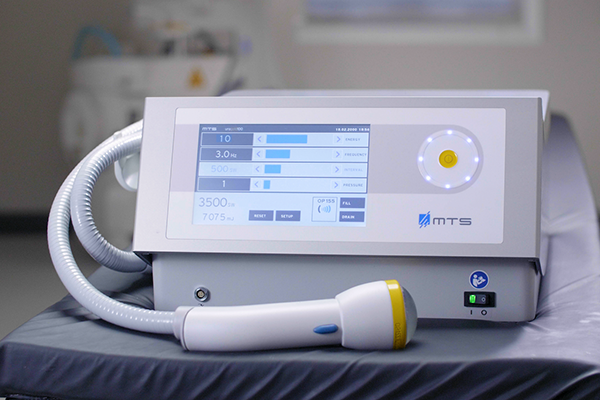
What is Plantar Fasciitis?
The plantar fascia is a thick band of tissue that runs from the heel bone to the toes on the bottom of your foot. It provides support to the arch of your foot and helps to absorb shock while walking or running. When the plantar fascia becomes inflamed and irritated, it can lead to pain and discomfort, a condition known as plantar fasciitis.
Plantar fasciitis is a common condition. It is typically characterized by a sharp pain in the heel or arch of the foot, which is often worse in the morning or after long periods of standing or walking. Other symptoms may include stiffness, swelling, and tenderness in the affected area.
Several factors can contribute to the development of plantar fasciitis, including:
- Overuse: Activities that put repeated stress on the feet like running or standing for long periods.
- Age: Plantar fasciitis is more common in people aged between 40 and 60 years.
- Foot structure: People with high arches or flat feet are at higher risk of developing plantar fasciitis.
- Obesity: Excess weight can put additional stress on the plantar fascia, increasing the risk of inflammation and irritation.
Traditional Treatments for Plantar Fasciitis
Traditional treatments for plantar fasciitis typically include rest, stretching exercises, icing, and over-the-counter pain medication. In some cases, doctors may recommend physical therapy and corticosteroid injections. In severe cases, surgery may be necessary to relieve pain and improve function.
What is SoftWave Therapy Treatment for Plantar Fasciitis and How Does it Work?
SoftWave Therapy is a non-invasive treatment option that uses broad-focused shockwaves to stimulate the body’s natural healing process. It is FDA-approved for the treatment of musculoskeletal conditions, including plantar fasciitis.
The therapy works by delivering broad-focused shockwaves to the affected area. These stimulate the body’s natural healing process by increasing blood flow to the area and promoting the growth of new blood vessels. This can help to reduce pain and inflammation, as well as promote the healing of damaged tissue.
Studies and research have shown that SoftWave Therapy can be an effective treatment option for plantar fasciitis. In a study published in the Journal of Orthopaedic Surgery and Research, patients who received SoftWave therapy using the OrthoGold 100™ device experienced a significant reduction in pain and improvement in function.
What is SoftWave Therapy Treatment for Plantar Fasciitis and How Does it Work?
SoftWave Therapy is a non-invasive treatment option that uses broad-focused shockwaves to stimulate the body’s natural healing process. It is FDA-approved for the treatment of musculoskeletal conditions, including plantar fasciitis.
The therapy works by delivering broad-focused shockwaves to the affected area. These stimulate the body’s natural healing process by increasing blood flow to the area and promoting the growth of new blood vessels. This can help to reduce pain and inflammation, as well as promote the healing of damaged tissue.
Studies and research have shown that SoftWave Therapy can be an effective treatment option for plantar fasciitis. In a study published in the Journal of Orthopaedic Surgery and Research, patients who received SoftWave therapy using the OrthoGold 100™ device experienced a significant reduction in pain and improvement in function.
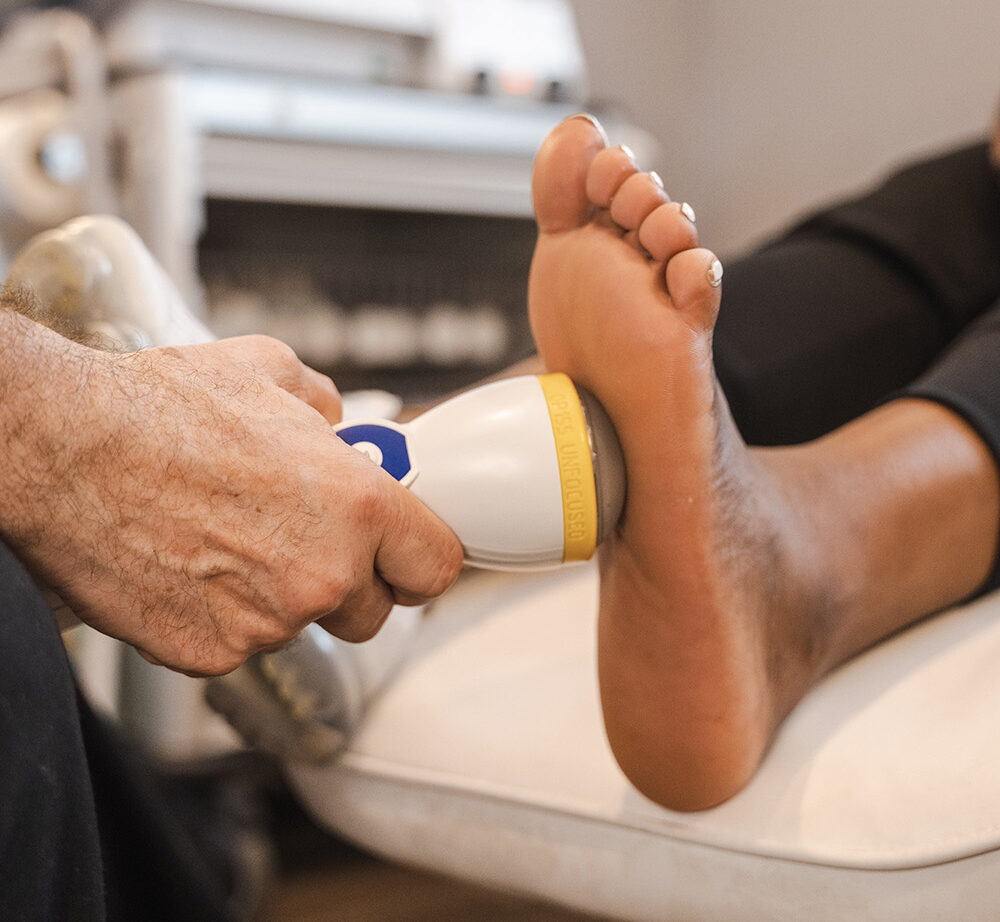
SoftWave Therapy is a non-invasive treatment option that uses broad-focused shockwaves to stimulate the body’s natural healing process. It is FDA-approved for the treatment of musculoskeletal conditions, including plantar fasciitis.
The therapy works by delivering broad-focused shockwaves to the affected area. These stimulate the body’s natural healing process by increasing blood flow to the area and promoting the growth of new blood vessels. This can help to reduce pain and inflammation, as well as promote the healing of damaged tissue.
Studies and research have shown that SoftWave Therapy can be an effective treatment option for plantar fasciitis. In a study published in the Journal of Orthopaedic Surgery and Research, patients who received SoftWave therapy using the OrthoGold 100™ device experienced a significant reduction in pain and improvement in function.

Advantages of SoftWave Therapy for Plantar Fasciitis
One of the main advantages of SoftWave therapy for plantar fasciitis is that it is non-invasive. Unlike surgery, SoftWave Therapy does not require incisions or anesthesia, and there is no downtime or recovery period. Patients can return to their normal activities immediately after treatment.
Another advantage of SoftWave therapy is that doctors can perform it in their office or clinic. Treatment typically takes less than 30 minutes and involves no injections or medication, making it a convenient and accessible treatment option for those unable or unwilling to undergo more invasive procedures.
Find Relief from Plantar Fasciitis with SoftWave Therapy Today
If you suffer from plantar fasciitis, SoftWave therapy may be an effective treatment option you can do. It is a non-invasive and convenient treatment effective in reducing pain and improving function. If you are interested in SoftWave therapy for plantar fasciitis, talk to your doctor to see if it is right for you. With the right treatment, you can get back to your normal activities and enjoy life without foot pain.
Search for the nearest SoftWave therapy provider today.
Disclaimer: The information provided in this blog is for educational and informational purposes only and is not intended as a substitute for professional medical advice, diagnosis, or treatment. The content provided in this blog should not be used to diagnose or treat any health problems or illnesses. Always consult with a qualified healthcare professional before making any changes to your healthcare routine or treatment plan.
